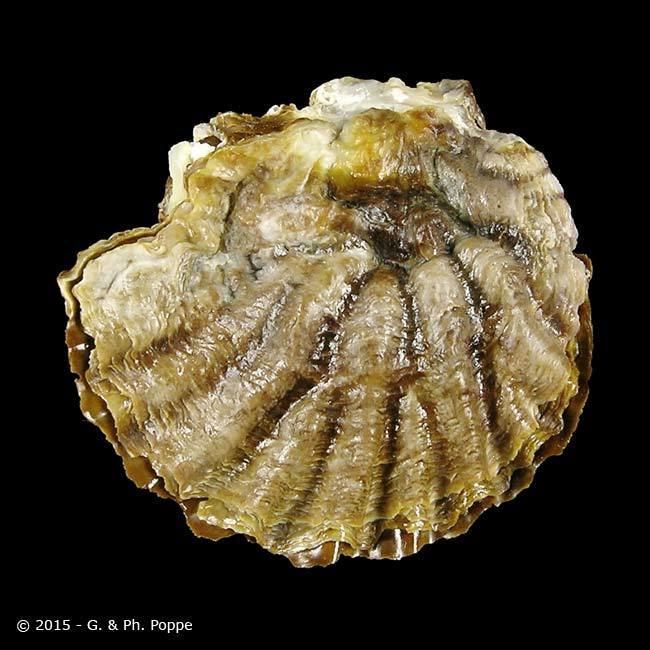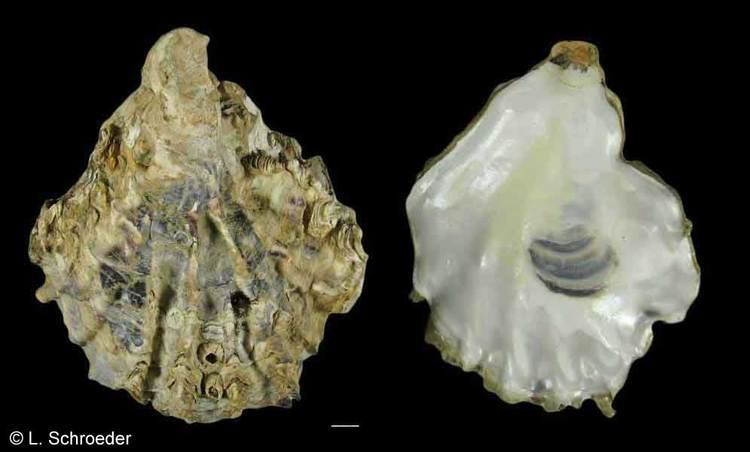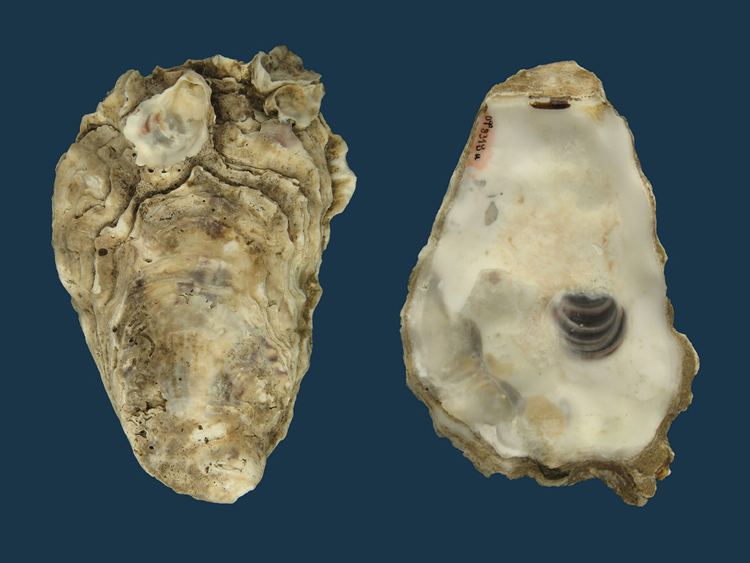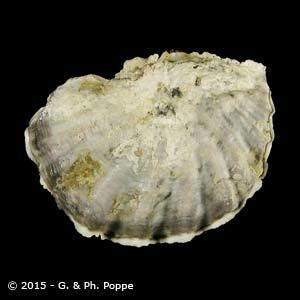Order Ostreoida Scientific name Ostreidae Rank Family | Subclass Pteriomorphia Higher classification Ostreoida | |
 | ||
Lower classifications Crassostrea, Ostrea, Rock oyster, Sydney rock oyster, Dredge oyster Similar Crassostrea, Dredge oyster, Mussel | ||
The Ostreidae, the true oysters, include most species of molluscs commonly consumed as oysters. Pearl oysters are not true oysters, and belong to the order Pterioida.

Like scallops, true oysters have a central adductor muscle, which means the shell has a characteristic central scar marking its point of attachment. The shell tends to be irregular as a result of attaching to a substrate.

Both oviparous (egg-bearing) and larviparous (larvae-bearing) species are known within Ostreidae. Both types are hermaphrodites. However, the larviparous species show a pattern of alternating sex within each individual, whereas the oviparous species are simultaneous hermaphrodites, producing either female or male gametes according to circumstances.

Members of genus Ostrea generally live continually immersed and are quite flat, with roundish shells. They differ from most bivalves by having shells completely made up of calcite, but with internal muscle scars of aragonitic composition. They fare best in somewhat oligotrophic water. They brood their fertilized eggs for various proportions of the period from fertilization to hatching.
Members of genera Saccostrea and Crassostrea generally live in the intertidal zone, broadcast sperm and eggs into the sea, and can thrive in eutrophic water. One of the most commonly cultivated oysters is Crassostrea gigas, the Japanese oyster, which is ideally suited for cultivation in seawater ponds.
